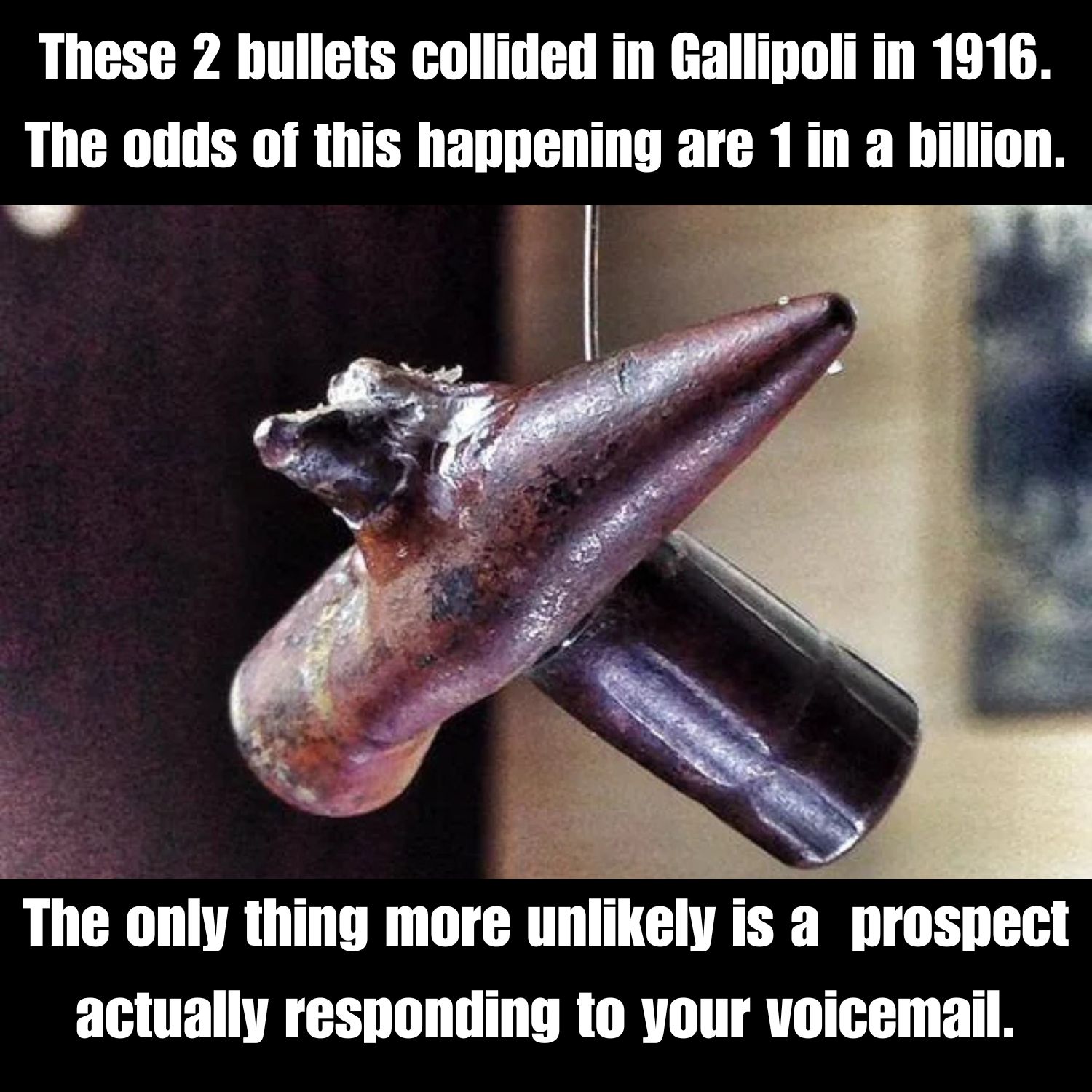Welcome back to another issue of Stacked Seller.
It’s October 22nd, aka International Caps Lock Day. The only day you can accidentally leave caps lock on and not sound like you're yelling.
Competing on price sucks. It's a race to the bottom and the only winner is the buyer. So this week, we'll unpack how to keep your margins high and still win competitive deals.
Then we’ll jump into the reddit question of the week. And of course, the sales meme of the day.
FEATURE
Let’s say you need surgery.
You get quotes from two doctors.
The first doctor charges $5,000. He’s done the procedure thousands of times and has a stellar reputation.
The second doctor only charges $1. But he's never done this surgery before. You'd be his first patient.
Which one do you choose?
The first one, obviously.
In fact, the second doctor could pay you to do the surgery, and you’d still say no.
Why?
Risk.
You’d happily pay 5000x more for the safer option.
The same principle applies in B2B sales.
A dollar with high risk is not the same as a dollar with less risk.
Yet most sellers compete only on price. Ignoring other aspects of a deal that often matter more to buyers.
Here's how to apply this to your own deals.
1/ Force Majeure (aka “Act of God” clause)
Business is risky. Some industries more than others.
Adding Force Majeure means if something out of your control happens (bankruptcy, wars, pandemics) neither side is on the hook.
It protects both you and the buyer from freak events.
This can be the difference between a deal getting stuck and a deal getting signed.
By nature, “acts of God” are extremely rare.
But the peace of mind is powerful.
2/ Flexible Commits
One of the most powerful levers, and it looks different for every company.
For instance, some companies require monthly commits.
Meaning the buyer must hit a minimum spend every single month for the contract term (typically 12 months).
That's high risk.
Switch to annual commits, and the risk drops dramatically.
Why?
Because now the buyer just needs to hit one total number over 12 months. If they spend more early and retire the commit by month six, they’re done.
Same contract value. Way less risk.
3/ Opt-Out Clause
An opt-out clause flips the conversation from “What if this doesn’t work?” to “Let’s give it a try.”
“If you don’t achieve [agreed outcome] within 90 days, you can walk away. No strings attached.”
This removes a massive psychological barrier.
You’re not changing price or scope. Just making “Yes” feel safe.
Most buyers never use the clause.
But just knowing it’s there makes them more likely to sign.
4/ Social proof
This is your shortcut to trust.
It tells buyers someone like them already took the leap and didn't regret it.
Case studies, referrals, customer stories – these are real assets that separate you from competitors.
Use them to show success isn’t theoretical. It’s repeatable.
Example:
“Two of your competitors, JetBlue and Southwest, use our AI solution to cut escalations by 50%. Happy to provide a reference from their VPs once we’re further along.”
Or
“I know they are 30% cheaper. But 4 out of your top 5 competitors chose us anyway because we're the only solution trained on actual airline data. Here are the results."
Look, pricing matters.
But it’s not the only lever.
Think about the market leaders in your industry.
They’re usually not the cheapest option.
Yet they own the biggest market share.
Because they win through differentiation, reputation, and lower perceived risk.
If you take only one thing away from this issue, let it be this:
Discounting is one tool, not the only tool.
And rarely the best one.
REDDIT QUESTION OF THE WEEK
What are the best ways for BDRs to work with their AEs?
The best AE/BDR duos create a true win-win. The AE gets a steady pipeline. The BDR builds skills that fast-track their career.
The basics: Repetition builds muscle, especially early in your career. So outwork everyone. Calls, emails, LinkedIn – whatever it takes to make a dent in your AE’s pipeline.
Go beyond: Top BDRs ask for feedback and constantly refine their outreach. They shadow discovery calls and eventually even run them.
That’s the difference between BDRs who get promoted in 9 months and the ones still blaming their AEs after changing 3 companies in 2 years.
MEME OF THE DAY



